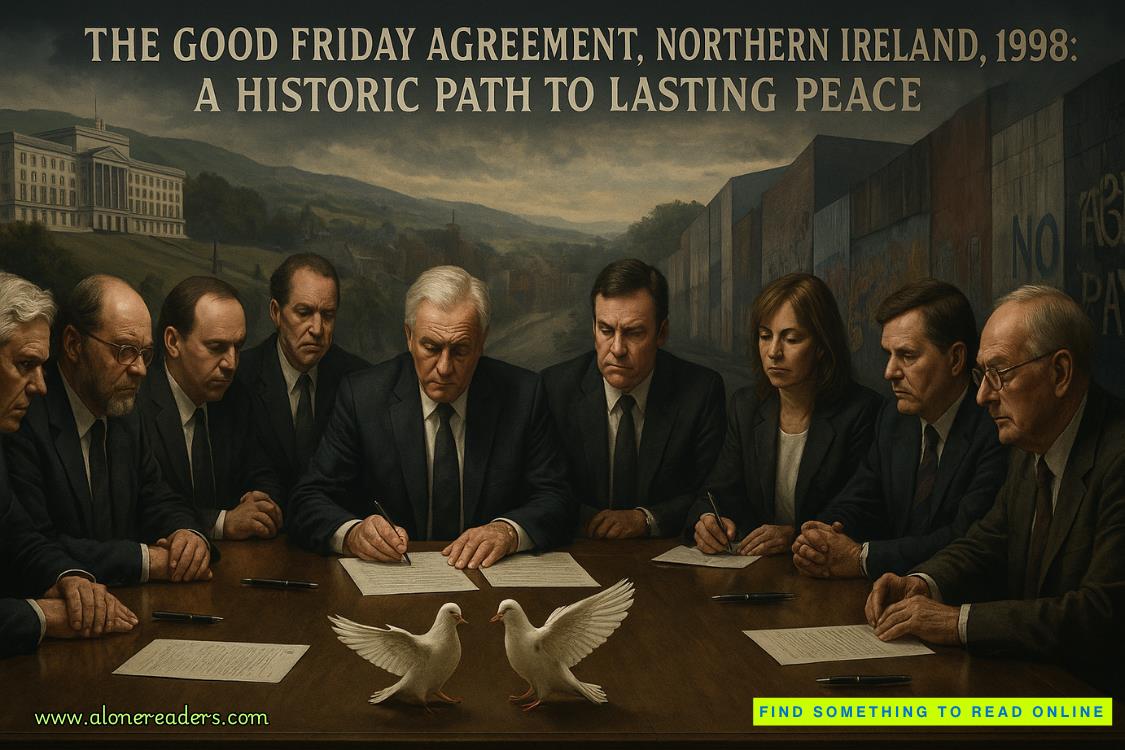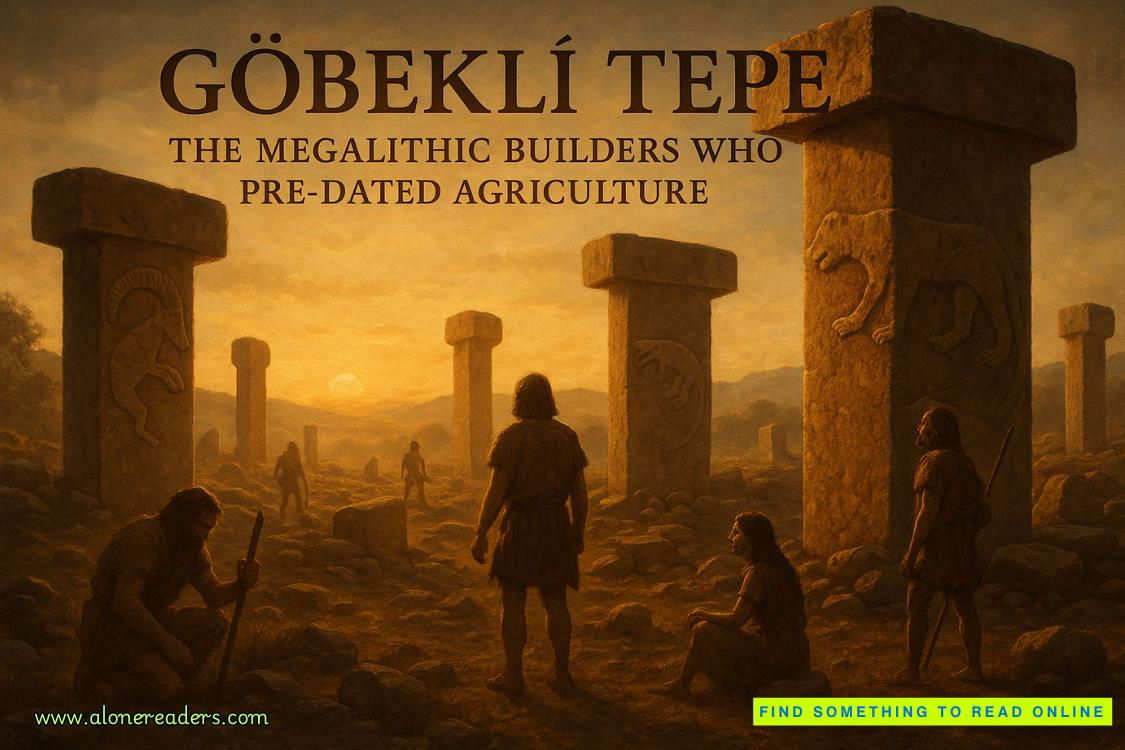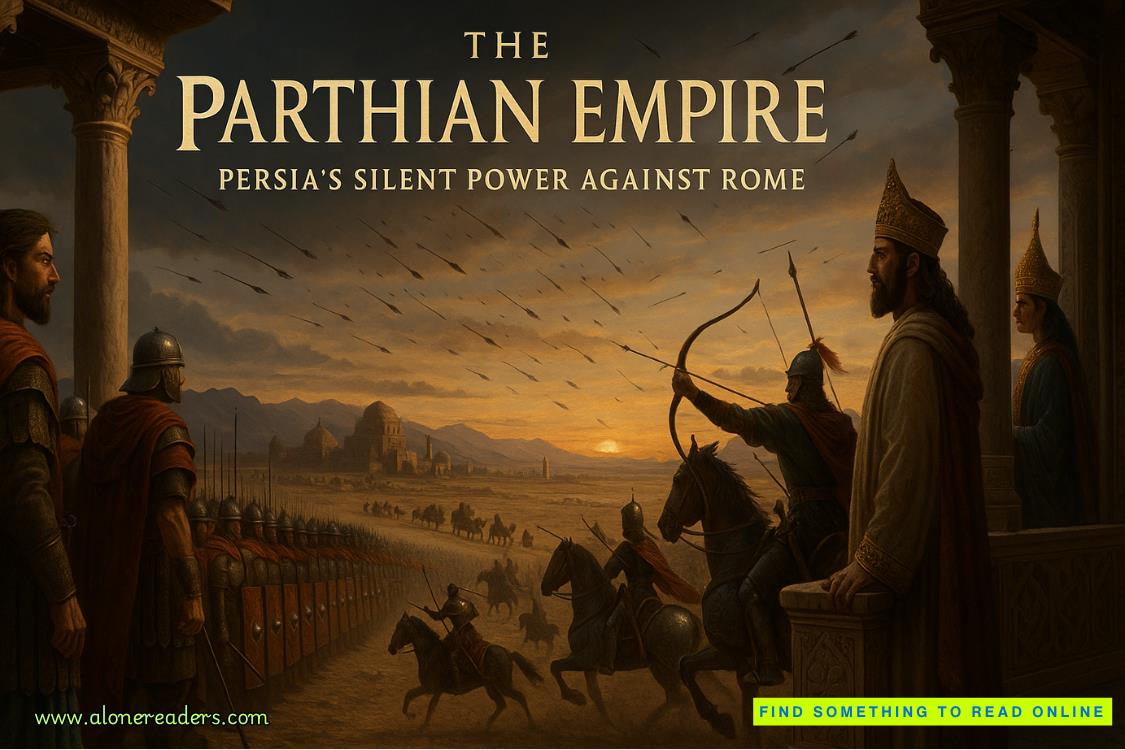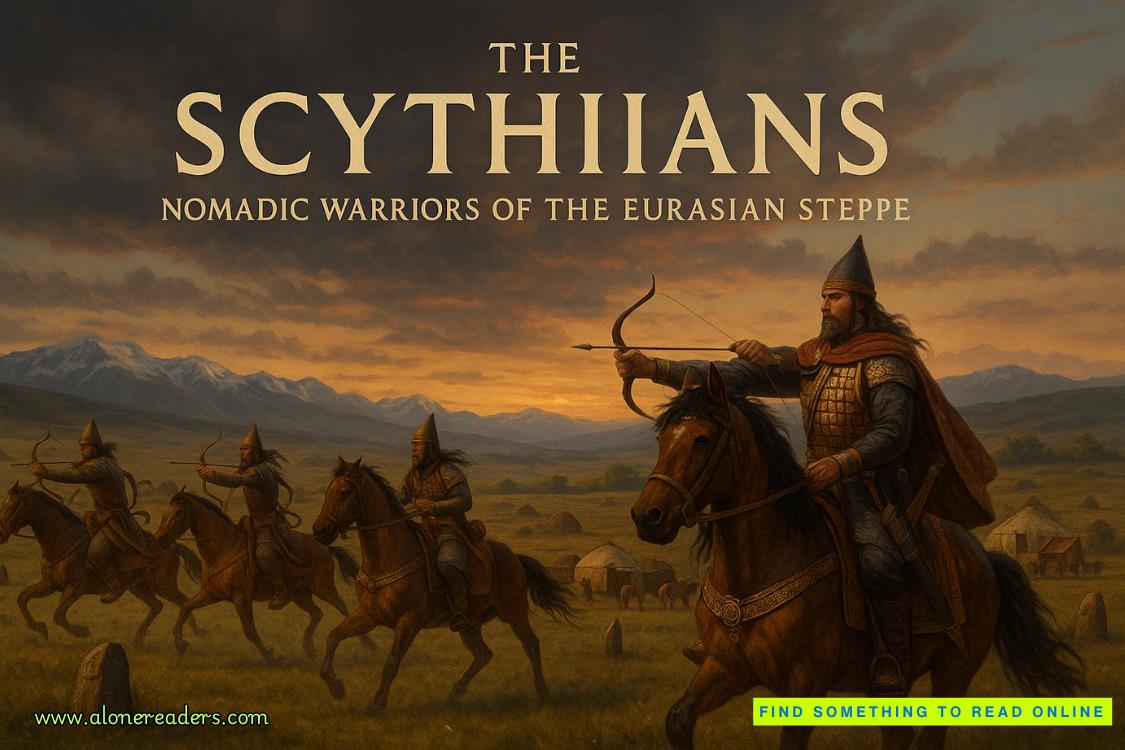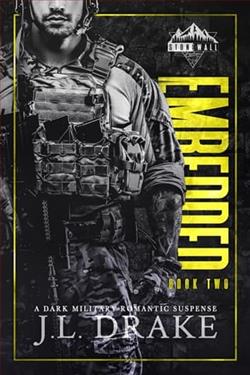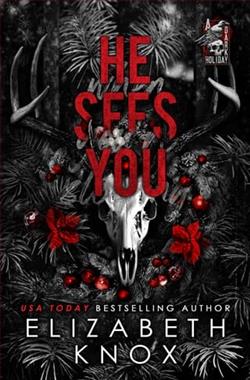Page 43 of Honey Drop Dead
“You know, Drayton, sometimes I don’t know if you’re kidding or not.”
Drayton pursed his lips. “Sometimes I don’t, either.”
***
“How do you know where Booker lives?” Drayton asked as they cruised down East Bay Street, then cut over to Rivers Avenue. They crossed the Memorial Bridge, the one locals still called North Bridge, and headed into the adjacent city of North Charleston. A business and transportation hub, North Charleston was the third-largest city in South Carolina. And tonight, with the warm spring weather, that city was busy. People were out jogging and walking their dogs. Flashy neon signs announced Turtles Gumbo Bar and Porkie’s Rib Joint. A line of customers stood outside Club Hyacinth waiting to get in. As they breezed past they caught the thumping strains of a rockabilly band.
“Holly gave me a sheet with all the artists’ contact information. I took a snapshot of it so it’s on my phone,” Theodosia said.
“Smart,” Drayton said. “At least I think it is.”
Theodosia crossed Aviation Avenue, passing the airport and then the North Charleston Coliseum.
Drayton watched as the neighborhood changed and became a bit more working-class. “I say, his home is certainly off the beaten path.”
“Booker told me he was a starving artist.”
“He probably is, judging by that greasy-spoon diner we just passed. They had a sign in their window advertising chitlins and dirty rice. Does that sound like a palate pleaser to you?”
“The dirty rice, absolutely. As far as chitlins go, I’ve never been a fan.”
“An acquired taste, I suppose,” Drayton said.
They drove for another twenty or so blocks.
“We have to be getting fairly close,” Theodosia said. She pulled to the curb, checked her phone and Google Maps. “Booker lives on Drummond Street. Which I’m pretty sure is just up ahead.”
“You’re the navigator,” Drayton said.
Two more blocks brought them to Drummond Street.
“Which way, right or left?” Theodosia mused.
“I think left.”
Theodosia hung a left. “Now we’re looking for 318. Do you see any numbers on these homes?”
“The streetlights here are so far and few between I can barely make out the homes,” Drayton said. “They’re mostly smudges of darkness with a few pinpoints of light.” He pressed his face up against his side window gazing at duplexes, bungalows, and a few Charleston single houses.
“But do you see 318?” Theodosia asked.
“No, but I think I see 315.”
“Other side of the street, then,” Theodosia said. She slowed to a crawl and scanned the row of dark houses. One, a narrow, dilapidated Victorian that was snugged up against the street and sporting a side piazza, looked promising. “I think maybe...”
“Is that it?” Now Drayton was leaning across the console, studying the old Victorian as well.
“I see numerals that say three and one. I think this might be it. I think the last number, the eight, must have peeled off.”
“I’m not surprised, given that every inch of architecture, whether it be good or bad, is at the mercy of our tempestuous hurricanes and industrial-strength humidity.”
Theodosia pulled to the curb.
“You’re sure this is Booker’s house?”
She looked right, then left, and nodded. “Pretty sure.”
“So now what?”



